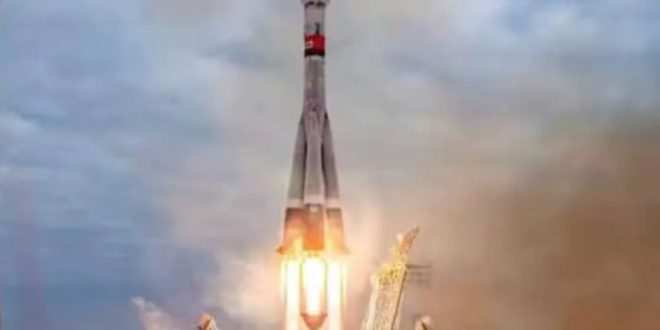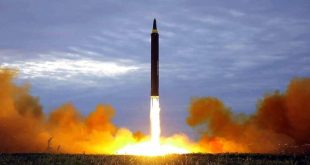Moscow. Yuri Borisov, head of Russia’s Roscosmos space agency, has given the main reason behind the failure (fail?) of Luna-25 moon mission. They reported that the probe failed to shut down its engines in time and had deviated from its intended orbit. “Unfortunately, the engine shutdown did not happen according to the sequence diagram as usual, but based on time stamps, and instead of the planned 84 seconds, it lasted 127 seconds,” Borisov told Rossiya 24 broadcaster on Monday. ,
Borisov said that this factor was the key reason behind the failure of the mission, adding that a special commission has already been set up to investigate the incident. The space official said, “Preliminary ballistic calculations showed that due to abnormal operation of the propulsion system, the device entered the open lunar orbit and basically crashed into the lunar surface.” Russia’s mission ended with Luna-25 crashing into the lunar surface. Compare the budget, Russia has not officially released the budget of its lunar mission, but according to reports, it was around Rs 1,600 crore.
future missions will be successful
The head of the Roscosmos space agency said that despite the failure of the mission, Russian space engineers gained valuable experience during the construction of Luna-25. Roscosmos chief Borisov said, “Of course, the team will take into account all the mistakes made during this mission and I hope that the future missions of Luna-26, 27 and 28 will be successful.”
For the first time in 5 decades, Luna-25 was sent into space on August 10.
On August 10, Luna-25 was sent into space for the first time in nearly five decades, following the Soviet-era Luna-24 mission in 1976. It had adopted a more direct path to the moon and it was estimated that it would try to land in about 11 days till 21 August. Luna-25’s fast journey was attributed to the vehicle’s lightweight design and efficient fuel storage, which enabled it to take a shorter route to its destination.
attempt to land on the moon
Luna-25 was intended to land near the south pole of the Moon, which is known for its rugged terrain. All previous lander missions sent by different countries to the Moon had reached its equatorial regions. The Russian spacecraft successfully reached the Moon’s orbit and sent high-resolution pictures of the Moon. The mission was to attempt to land on the Moon on 21 August. Are.
 Indian Thought Latest News & Views
Indian Thought Latest News & Views



